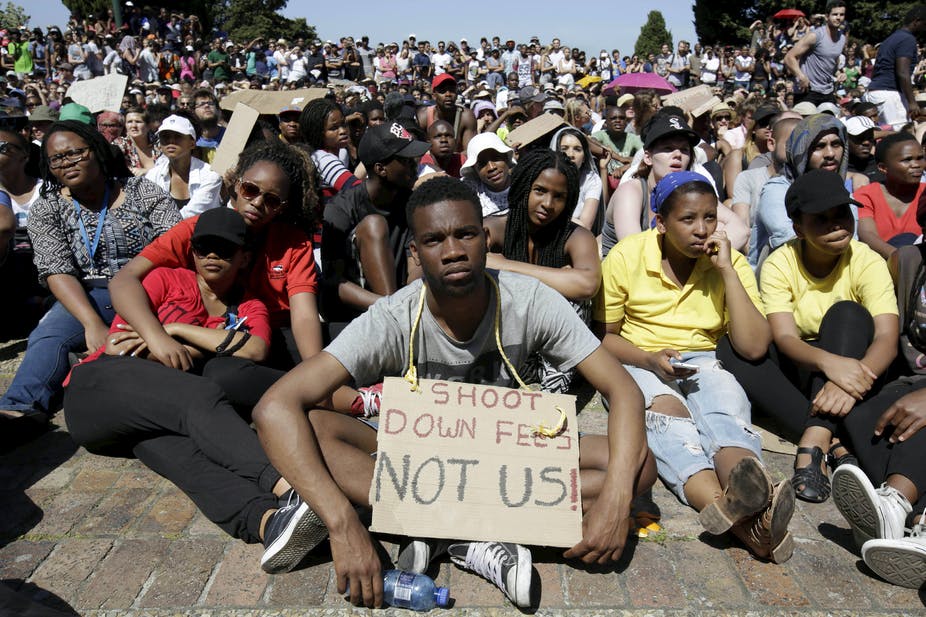Published
4 years agoon
By
Joe Pee
The unemployment rate is defined as the percentage of unemployed workers in the total labor force. The unemployment rate includes workers who currently do not work, although they can do so.
The unemployment rate is a lagging indicator, meaning it responds (rises and falls) to changing economic conditions rather than predicts them. When the economy grows at a healthy rate, the job market is plentiful, and the unemployment rate will fall. When the economy is experiencing a recession or turbulent times, the unemployment rate tends to rise due to a lack of jobs.
There are three types of unemployment: frictional, structural, and seasonal. Frictional unemployment refers to temporary unemployment during the period when someone is searching for a job. Structural unemployment is the mismatch between workers’ skills or locations and job requirements. Seasonal unemployment is caused by seasonal changes in a population’s activity, such as tourism or agriculture.
Unemployment has many adverse effects. These include:
In the United States, the Bureau of Labor Statistics uses six different ways to calculate the unemployment rate. The most widely used and cited unemployment statistic is U-3, which defines unemployed people as willing and able to work and who have actively searched for work in the past four weeks. Those who would like to work but are unable, such as those with disabilities, are not considered unemployed. As defined by the U-3 statistic, the number of unemployed people is divided by the number of people in the labor force and multiplied by 100.
According to the Bureau of Labor Statistics, the U.S. unemployment rate was 3.8% before the COVID-19 pandemic (February 2020). By May 2020, the unemployment rate may have been as high as 16%. By September 2020, the unemployment rate decreased to 7.9%.
The International Labor Organization’s World Employment and Social Outlook: Trends 2019 reported that the world’s unemployment rate dropped below 5% in 2018, the lowest since the 2008 financial crisis.
The ten countries with the lowest unemployment rates are:
The International Labor Organization’s report found, however, that many of the 3.3 billion people employed throughout the world are working under poor conditions that do no offer economic security, decent work opportunities, and lack of material well-being. This being said, a low unemployment rate doesn’t necessarily mean more people are living in favorable, sustainable conditions.
Here are the 10 countries with the highest rates of unemployment:


Mahama Vows to Usher in Era of Fiscal Discipline and National Renewal


Elon Musk changes his name to Kekius Maximus on X


Mahama Calls for Unity Among Political Parties to Drive Ghana’s Renaissance


President-elect Mahama Rallies NDC Supporters: “Pray Harder for Ghana’s Transformation”


Ghana’s Economy on the Rise: President Akufo-Addo Highlights Robust Growth in 2024


EC Declares Final Verdict in Dome Kwabenya: Faustina Akurugu Elikplim Clinches Victory Amid Controversy


Thousands displaced as post-election unrest grips Mozambique


Former Black Stars Player Samuel Inkoom Faces Court Over Alleged Visa Fraud


Stonebwoy and Samini Mend Ties with Emotional Reunion at 3FM All White Party

























